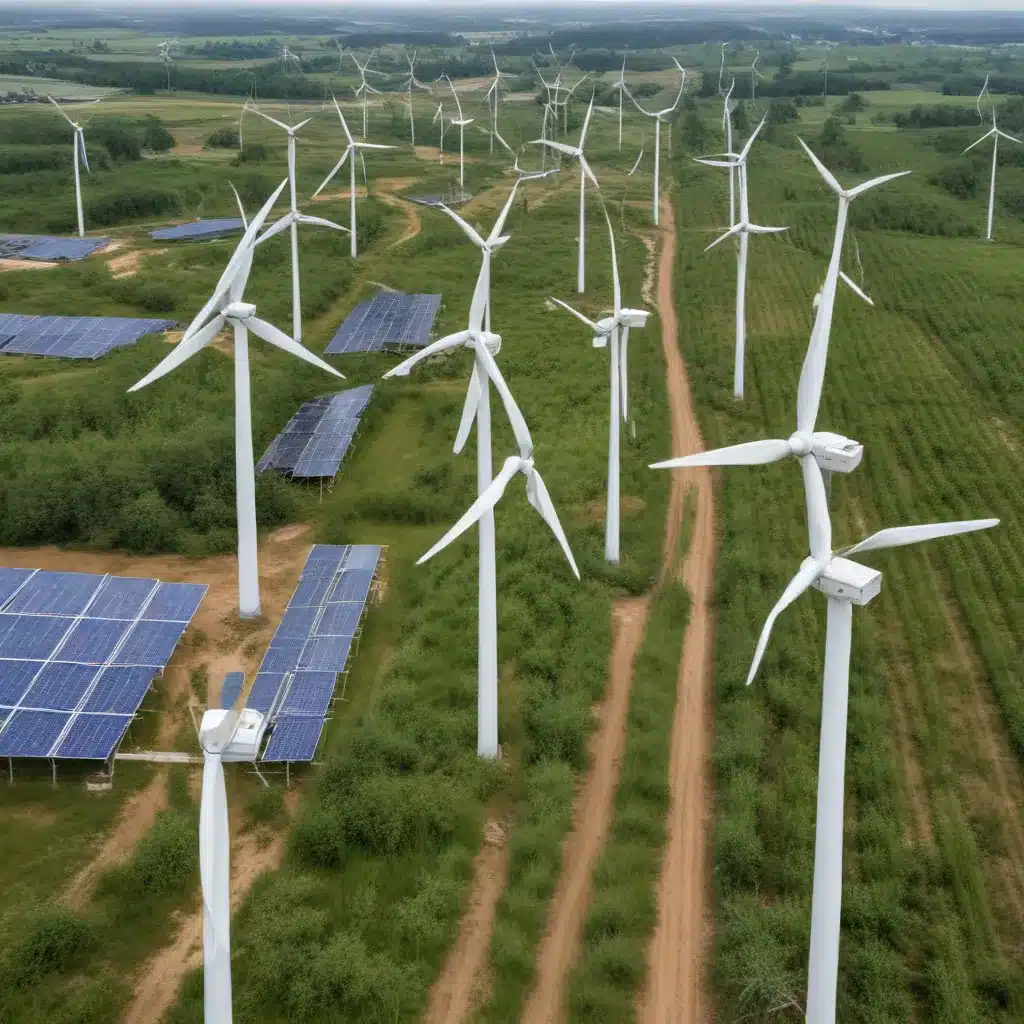
As Europe accelerates its shift towards a clean energy future, the role of renewable energy auctions and tenders has become increasingly prominent. These competitive procurement mechanisms have emerged as pivotal tools in driving investments, fostering innovation, and ensuring the cost-effective deployment of renewable energy technologies. However, navigating the evolving regulatory landscape surrounding these auctions and tenders can be a complex and nuanced endeavor.
Regulatory Framework
Across Europe, policymakers have crafted a tapestry of policies and legislation to catalyze the transition to renewable energy. Feed-in tariffs, renewable portfolio standards, and carbon pricing mechanisms have all played a part in shaping the regulatory environment. Institutional structures, such as dedicated energy agencies and regulatory bodies, oversee the design and implementation of these auction and tender systems, ensuring compliance with national and European Union (EU) directives.
The Renewable Energy Directive and the Clean Energy for All Europeans package have been instrumental in harmonizing renewable energy policies across the EU, setting ambitious targets and outlining the legal framework for member states to follow. These regulatory frameworks often mandate the use of competitive bidding processes for renewable energy projects, empowering governments to achieve their decarbonization goals in a cost-effective manner.
Auction Design Considerations
The success of renewable energy auctions and tenders hinges on their design, which must strike a delicate balance between fostering competition, mitigating risks, and aligning with broader policy objectives. Policymakers must carefully consider the bidding mechanisms, such as sealed-bid auctions or dynamic price-based tenders, to incentivize developers to offer the most competitive bids.
Eligibility criteria play a crucial role in ensuring that only technically and financially capable participants enter the fray, thereby safeguarding the integrity of the process. Contract structures, such as Power Purchase Agreements (PPAs) and Contracts for Difference, are meticulously crafted to allocate risks and provide revenue certainty to project developers.
Tender Evaluation Criteria
The evaluation of bids in renewable energy tenders typically encompasses a multifaceted assessment of technical specifications, financial viability, and environmental impact. Technical criteria may include factors like project design, grid integration capabilities, and energy yield projections. Financial criteria assess the developers’ ability to secure financing, manage costs, and deliver projects on time and within budget.
Environmental considerations have become increasingly paramount, with policymakers scrutinizing the potential impact of projects on local ecosystems, biodiversity, and compliance with EU environmental directives. The careful evaluation of these criteria ensures that the selected projects not only deliver cost-effective renewable energy but also uphold sustainability principles.
Grid Integration Challenges
As the share of renewable energy in the grid continues to grow, the integration of these variable sources presents unique challenges for system operators. Robust transmission infrastructure, efficient interconnection processes, and innovative grid balancing mechanisms are essential to ensure the reliable and seamless integration of renewable energy into the grid.
Policymakers, grid operators, and renewable energy developers must collaborate closely to address these integration challenges, leveraging smart grid technologies, energy storage solutions, and demand-side management strategies to maintain grid stability and reliability.
Market Dynamics
The competitive landscape of renewable energy auctions and tenders is constantly evolving, with a diverse array of participants, ranging from established energy companies to innovative start-ups, vying for market share. Pricing trends have seen a steady decline in the levelized cost of electricity (LCOE) from renewable sources, driven by technological advancements, economies of scale, and increased competition.
Investors, both domestic and international, are closely monitoring these market dynamics, seeking to capitalize on the growing opportunities presented by the renewable energy transition. Policymakers must create an environment that fosters investor confidence, providing revenue certainty, risk mitigation mechanisms, and a transparent regulatory framework.
Sustainability Objectives
At the heart of the renewable energy auction and tender landscape lies a fundamental commitment to sustainable development. Policymakers have set ambitious renewable energy targets, often aligned with the EU’s goal of achieving climate neutrality by 2050. These targets drive the design and implementation of auction and tender systems, ensuring that the deployment of renewable energy aligns with national and regional decarbonization strategies.
Beyond mere energy generation, these competitive procurement mechanisms also aim to deliver tangible social and economic benefits, such as job creation, local content requirements, and the fostering of a domestic renewable energy industry. The successful navigation of the regulatory landscape for renewable energy auctions and tenders can pave the way for a more sustainable, equitable, and prosperous energy future.
Risk Management Strategies
Navigating the complexities of renewable energy auctions and tenders also requires a comprehensive understanding of risk management strategies. Contractual arrangements, such as PPAs and Contracts for Difference, serve as crucial risk-sharing mechanisms, allocating responsibilities and mitigating potential financial, operational, and regulatory risks.
Policymakers have also introduced various financial incentives, including tax credits, investment grants, and feed-in premiums, to enhance the attractiveness of renewable energy projects and attract a wider pool of participants. Additionally, robust dispute resolution mechanisms and transparent communication channels between stakeholders help to address any challenges that may arise during the auction or tender process.
As the European Union continues to lead the global charge towards a sustainable energy future, the regulatory landscape for renewable energy auctions and tenders will undoubtedly continue to evolve. By embracing a comprehensive understanding of the regulatory frameworks, technical specifications, and market dynamics, policymakers, industry experts, and green energy advocates can navigate this dynamic landscape, unlocking the immense potential of renewable energy and driving the transition towards a cleaner, more resilient energy system.
For the latest insights on Europe’s renewable energy transformation, visit the European Future Energy Forum.







